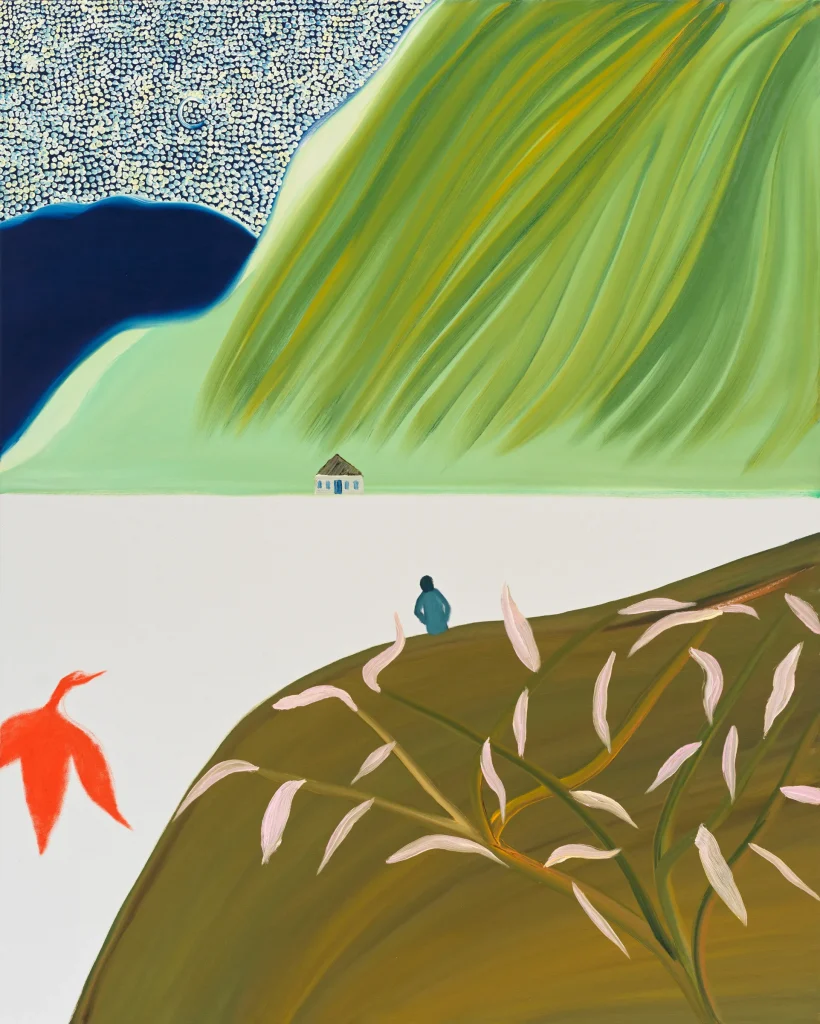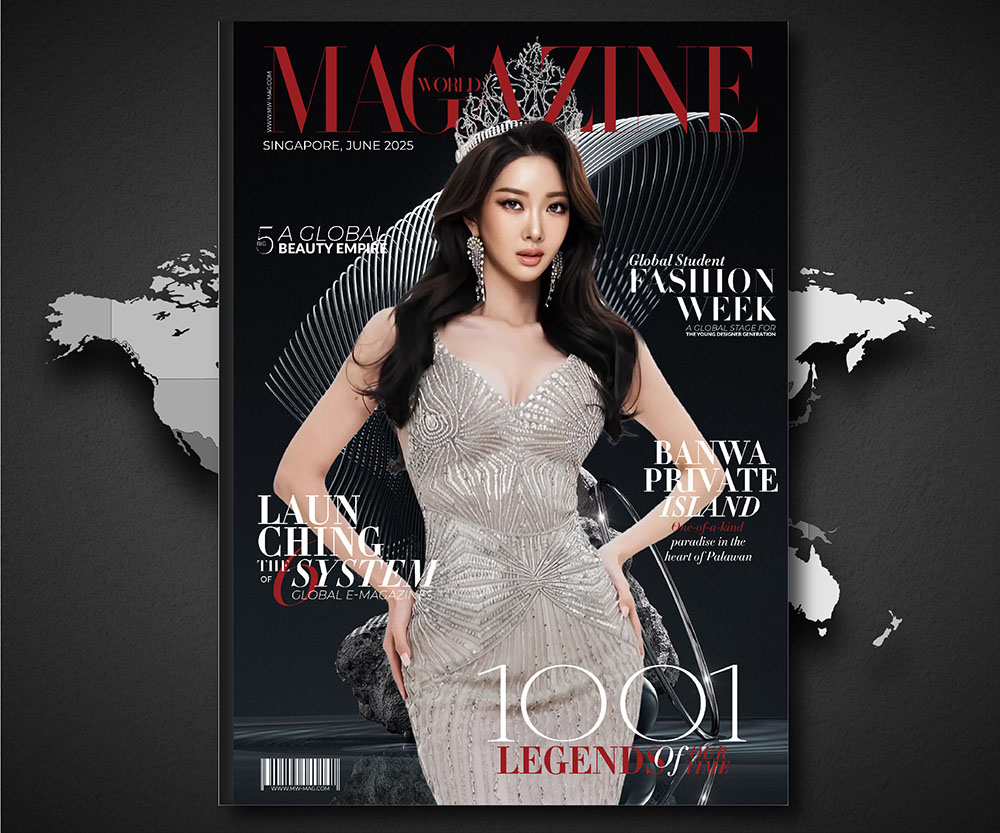Kunsthaus Zurich | Heimplatz 1
September 20, 2024 – January 26, 2025

Art-world meteor Matthew Wong would have turned forty this year. A voracious forager of Western and Asian art, the self-taught Chinese Canadian artist learned to paint from library books and social media, ardently trying on predecessors’ styles and techniques to declare his own kaleidoscopic visions. A steadfast séance with van Gogh, manifest in overt homages and biographical echoes, is the canny vehicle for his first European retrospective, “Matthew Wong–Van Gogh: Painting as a Last Resort,” which began at the Van Gogh Museum and travels next to the Albertina.
Palpitating with van Gogh–like sensations of varicolor irradiations and furrowed impasto, Wong’s three dozen works in oil and ink at Kunsthaus Zürich syncretize and rejuvenate his other influences, too, whether Fauvism, Ming-Qing landscapes, or digital iconography. In Hideaway, 2019, Wong dabs a tiny boatman, a familiar motif in Chinese literati painting, into a brushy seascape mosaic. Amber miniatures burning into midnight indigo in Somewhere, 2018, evoke dark-mode screens and millefleur tapestries alike. And Unknown Pleasures, 2019, with its single path winding toward a triangular mountain on the horizon, lends AbEx grandeur to animation aesthetics.
Invariably painted matte ink-stone black, that recurrent path in Wong’s oeuvre quests through while cleaving apart lush surroundings—proving inexorable, yet precarious, even destructive. In Dark Reverie, 2019, an intoxicating tangle of nocturnal forest with baby-blue and violet flares, it starts dissolving into a smoky trench. Amid distress and solitude, Wong relied like van Gogh on epistolary lifelines and “painting as a last resort.” In See You on the Other Side, 2019, neither path nor paint bridges the broad bay pooling between embankments. A heraldic bird in cinnabar-seal red approaches the blankness, as if in blessing or valediction, while silky green brushstrokes in the distance beckon like a willow. One of Wong’s last works before he took his life, the painting breathes a tender riddle of possibility, and impossibility.





